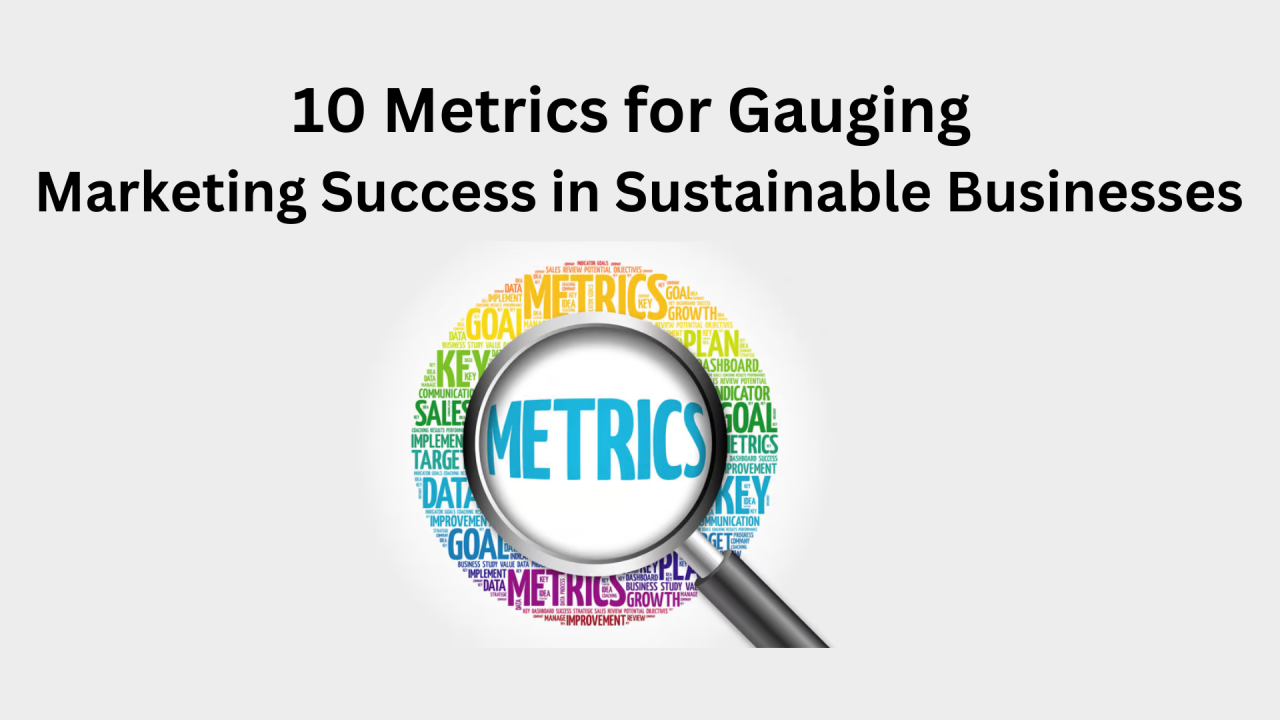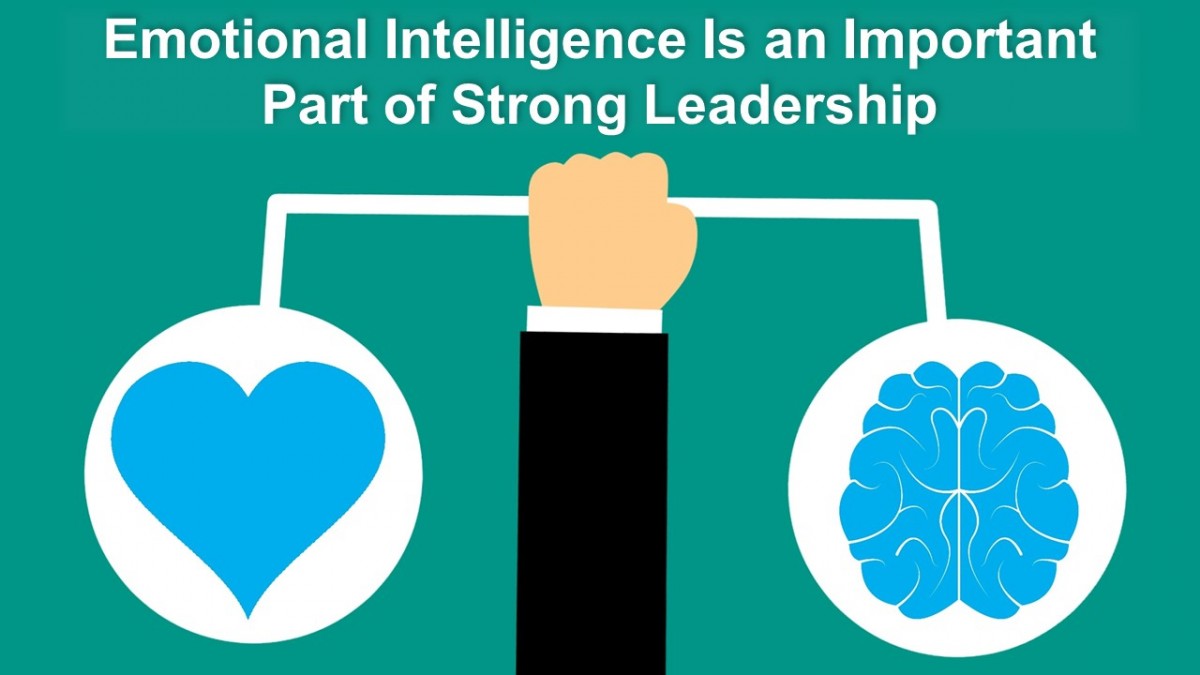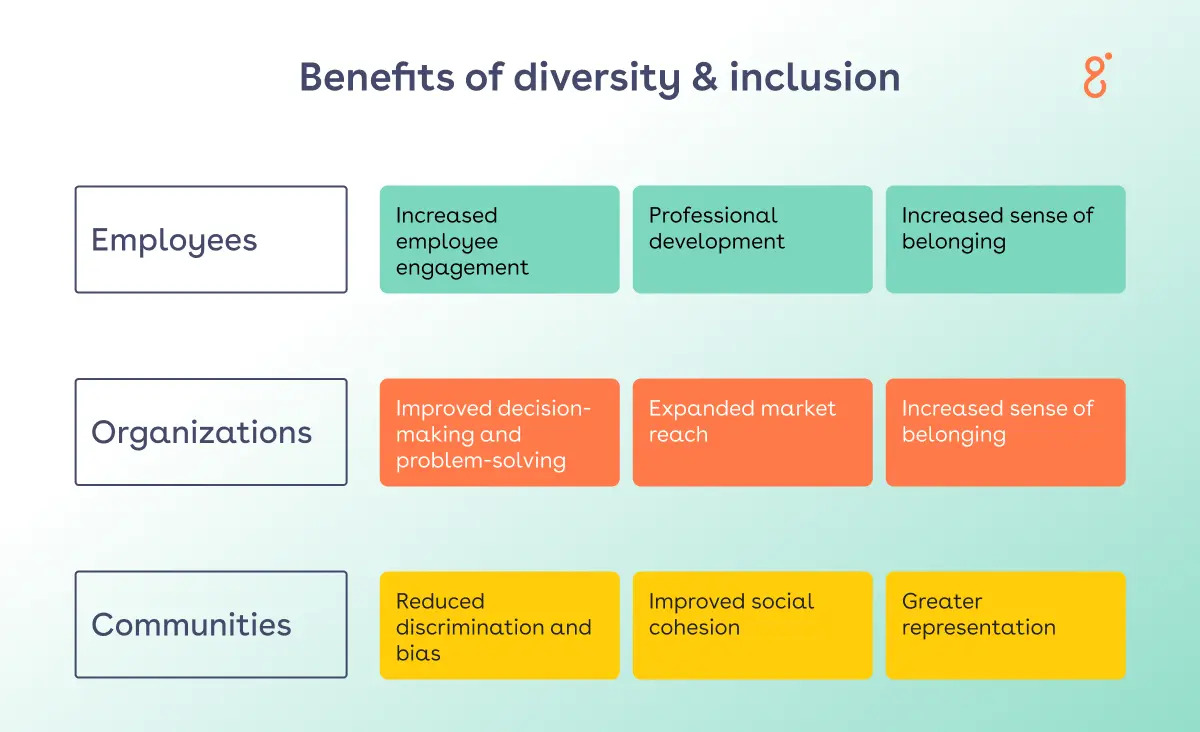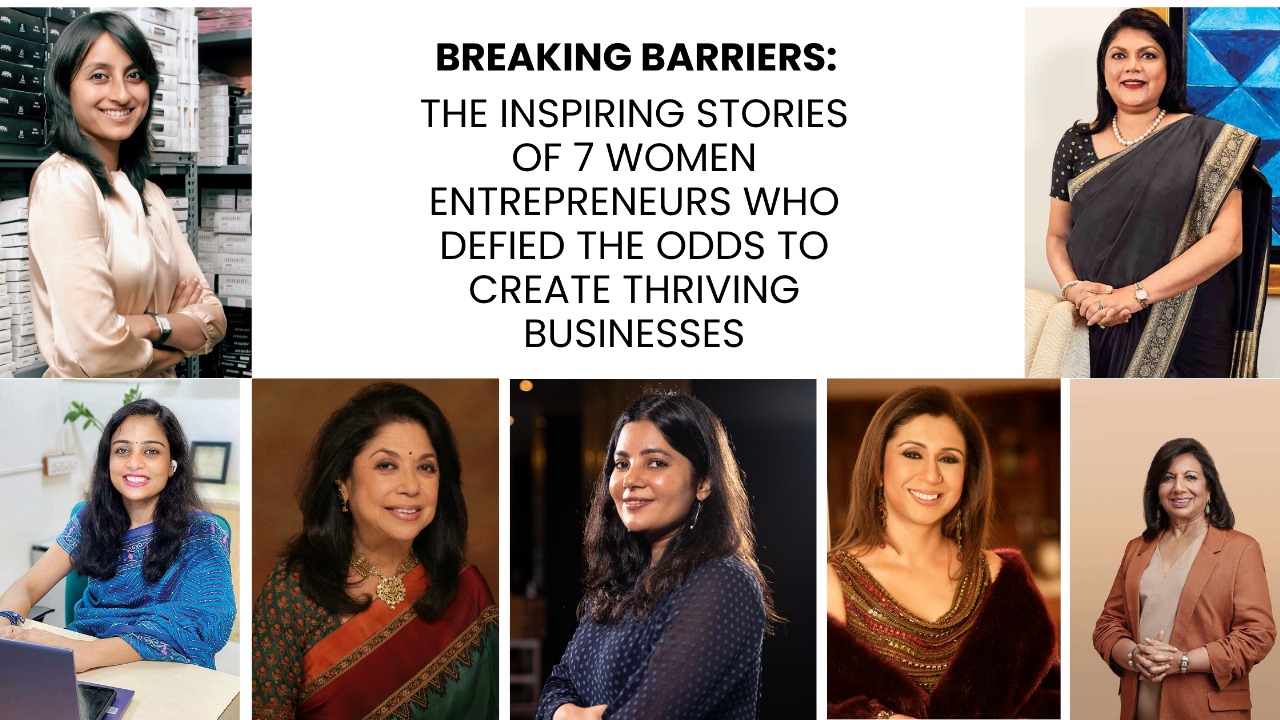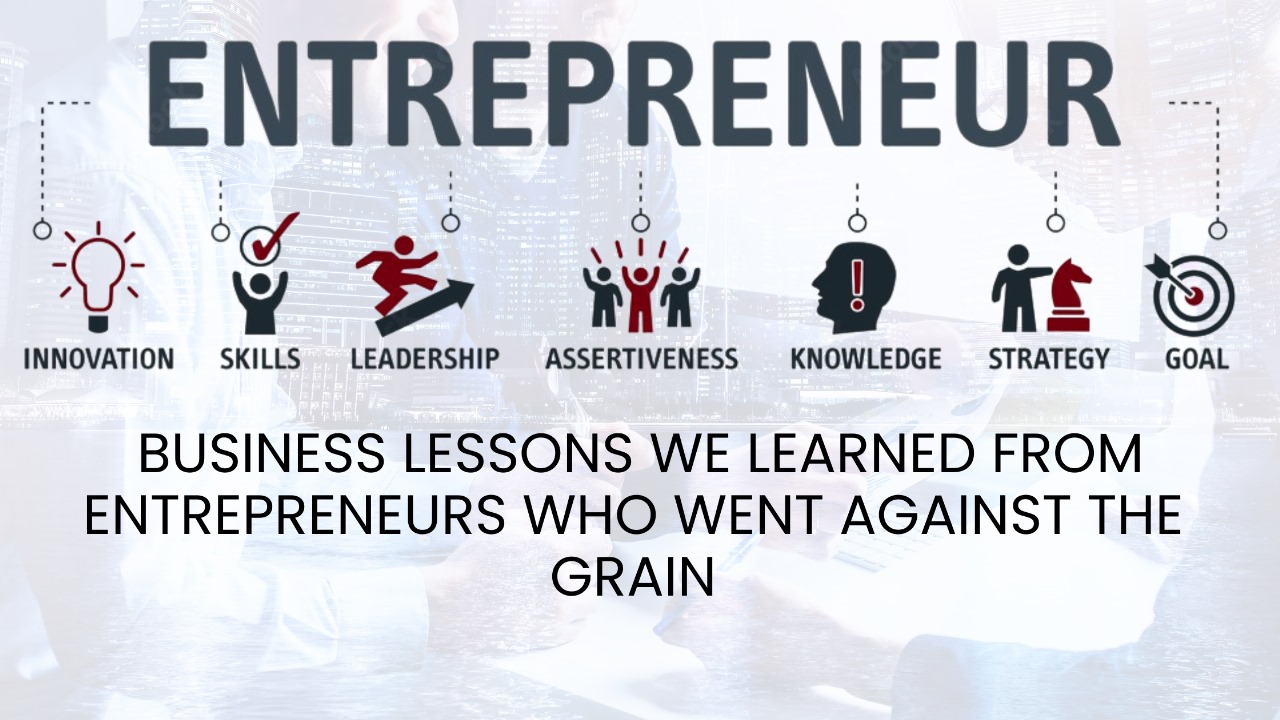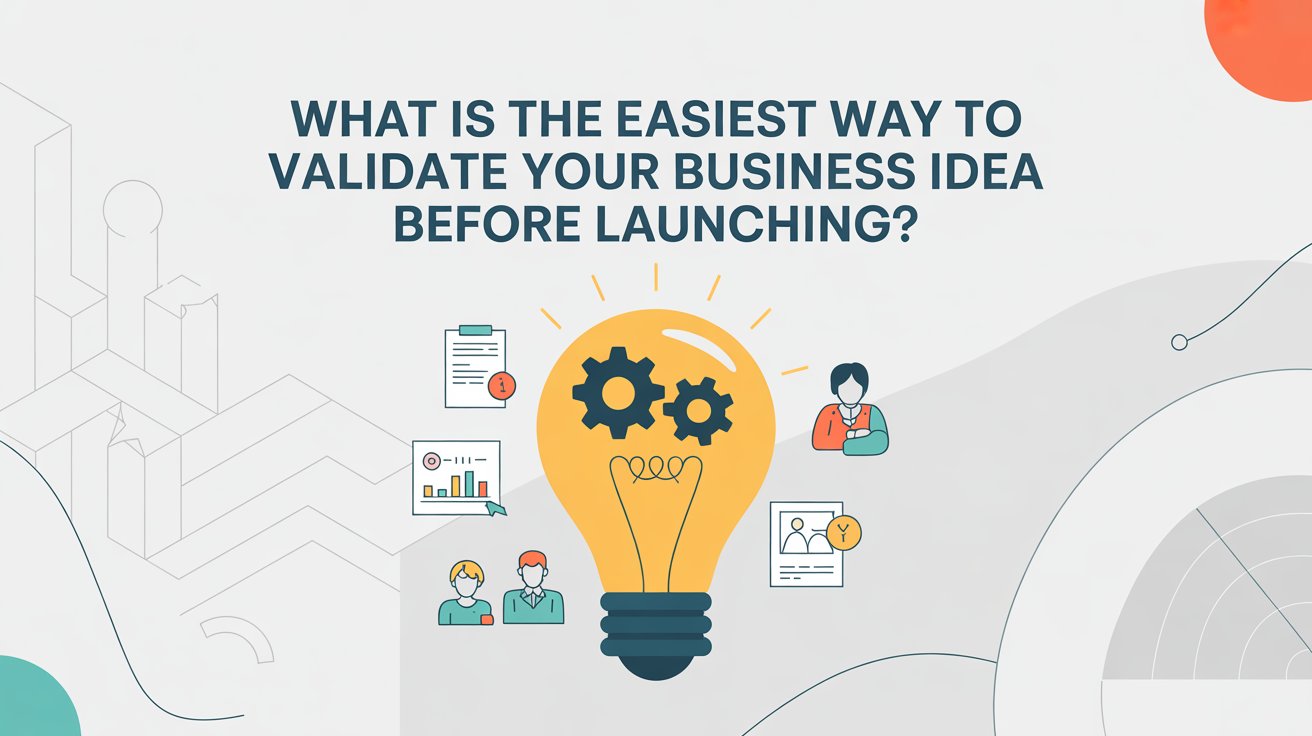
Validating the concept may feel like an unnecessary step, however the effort is the best time we recommend investing into the business. It instantly pays off in time, waste, and more importantly, when we start we are not in guessing mode to accelerate the growth, we simply grow.
Every venture begins with an idea — a thought — that holds promise. While you need more than passion to convert an idea into a successful venture, what differentiates a good idea from a sustainable business is the critical step of validation.
At Roongta Group we believe that strong foundations lead to sustainable success. Just like every real estate project is based on a thorough study of the market, you must make sure to have validated the think before you spend any time or money developing it. Validation is not simply finding out if people will like your idea, it’s making sure it can actually work in the market.
So, what is the most straightforward and perhaps least risky way of validating your business idea before launching it? Let’s take a look at a professional-style step-by-step process that helps minimize risk, and allows one to make informed decisions based on the data.
1. Discover a Real Problem
Begin with discovering a real problem people experience. Strong businesses solve real problems, not problems they assumed to be real. Speak with individuals to see what they are struggling with, study their problems and solutions that have already been offered. If your idea does not have a specific point of pain, it will be hard to develop traction.
At Roongta Group, we start every project with thorough research — looking at what home buyers, investors, and businesses need. The clarity from this analysis, helps us build real solutions with purpose, not just beauty. This is true for any business, you simply have to solve pain.
2. Define Your Target Customer
An idea that connects with “everyone” often connects with no one. Identify who your ideal customer really is. Create a profile — what age range are they? Where do they live? Where do they work? What is their income? What are their challenges? What is their lifestyle? Once you know who you serve, you can validate your idea in confidence.
To give an example; if you’re creating a product for professionals, then your validation should target that demographic, not students or retirees. Focus allows for better study, research, and feedback.
3. Speak to Prospective Customers
Before you create anything, speak to at least 10–20 prospective customers. Interview them, use short surveys, or even have a casual conversation with them. Ask questions like:
How are you currently trying to solve this problem?
What do you like/dislike about the solutions available now?
Would you pay for a better solution?
You just want their honest feedback and not their polite affirmation. You are hoping to use the feedback to improve your idea before you make a significant investment.
4. Conduct research on the market and the competition
Research your industry, and what the competition looks like. First, what products or services already exist? Next, what are their customers saying about them? Is there a pricing model? Your competitive analysis will allow you to find opportunities that create buyer gaps and avoid any pitfalls others have made.
One of the simplest things to do, and very effective, is to read customer reviews online of similarly situated products — nothing is more revealing than how and what others find valuable or not in the existing market. Then, once that is done, you may realistically know both demand and opportunities.
5. Develop a Minimum Viable Product (MVP)
Instead of investing in a complete product, create a Minimum Viable Product (MVP) — a limited version that expresses your idea. A simple website, service package, or demo version will suffice to test your idea quickly and cheaply.
A good MVP will allow you to measure interest, engage with users, and discover how people buy. You are better off investing time into creating a simple version early rather than have to completely rebuild something later.
6. Test your price
Many ideas fail not because the idea is a bad one, but because the price did not meet market expectations. Within your validation process, try various price possibilities. You could create a dynamically modeled landing page that describes your product and a “Pre-order” or “Join Waitlist” button. The rate of purchases or waitlist sign ups will give you your best indicator of real-world interest.
If someone is willing to spend their money or commit their time to your product then you are well on your way to validating the idea.
7. Evaluate Information and Adjust
When you acquire responses from surveys, MVP tests, or small campaigns, evaluate the information closely. Identify any patterns — are people interested? Are they willing to pay? Which features are most meaningful?
Validation is not about being perfect, rather having clarity. Even negative feedback is useful as long as it leads to improvement of your idea before you scale.
8. Lock in Some Small Wins Before Launching
If your idea wins based on preliminary tests, take a swing at a limited pilot. Invite a small pool of paying users to experience your product, and examine how satisfied they are. Small wins not only help to validate your model; they will also attract potential investors, and it will build your confidence to go further with the development and launch.
Remember — growing based on evidence, rather than solely making assumptions is far more likely to be sustainable.
The Roongta Approach: Foundation Before Expansion
At Roongta Group, we have always believed sustainable growth originates in validated research and planned strategies. Whether a landmark residential project or some commercial development, we invest considerable time into determining demand, feasibility, and customer aspirations.
This disciplined, empirical approach streamlines risk and develops long-term trust — exactly the conversation every business owner should have with themselves before executing their thoughts. As strong structures require strong foundational strength, successful businesses require validated thoughts.
Establish the Right Foundation for Lasting Success
Validating the concept may feel like an unnecessary step, however the effort is the best time we recommend investing into the business. It instantly pays off in time, waste, and more importantly, when we start we are not in guessing mode to accelerate the growth, we simply grow.
At Roongta Group we ask every visionary entrepreneur to think strategically and planned or validated.
Because the easiest way to go from business idea, if you want to make it work and le ans on some demand, is to develop it on a foundation on valid demand and real value.
RECOMMENDED FOR YOU
Breaking Barriers: The Inspiring Stories of 7 Women Entrepreneurs Who Defied the Odds to Create Thriving Businesses

